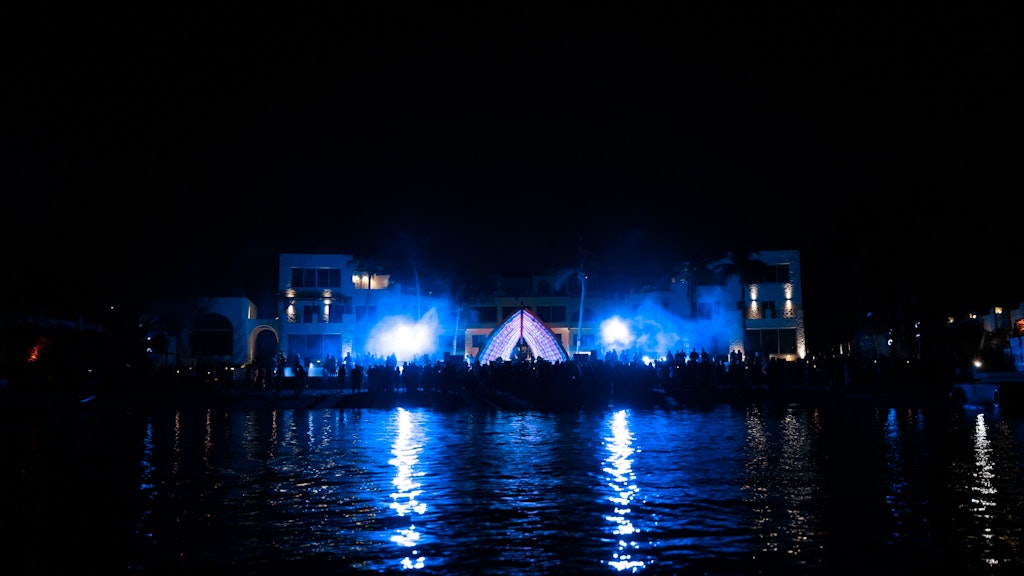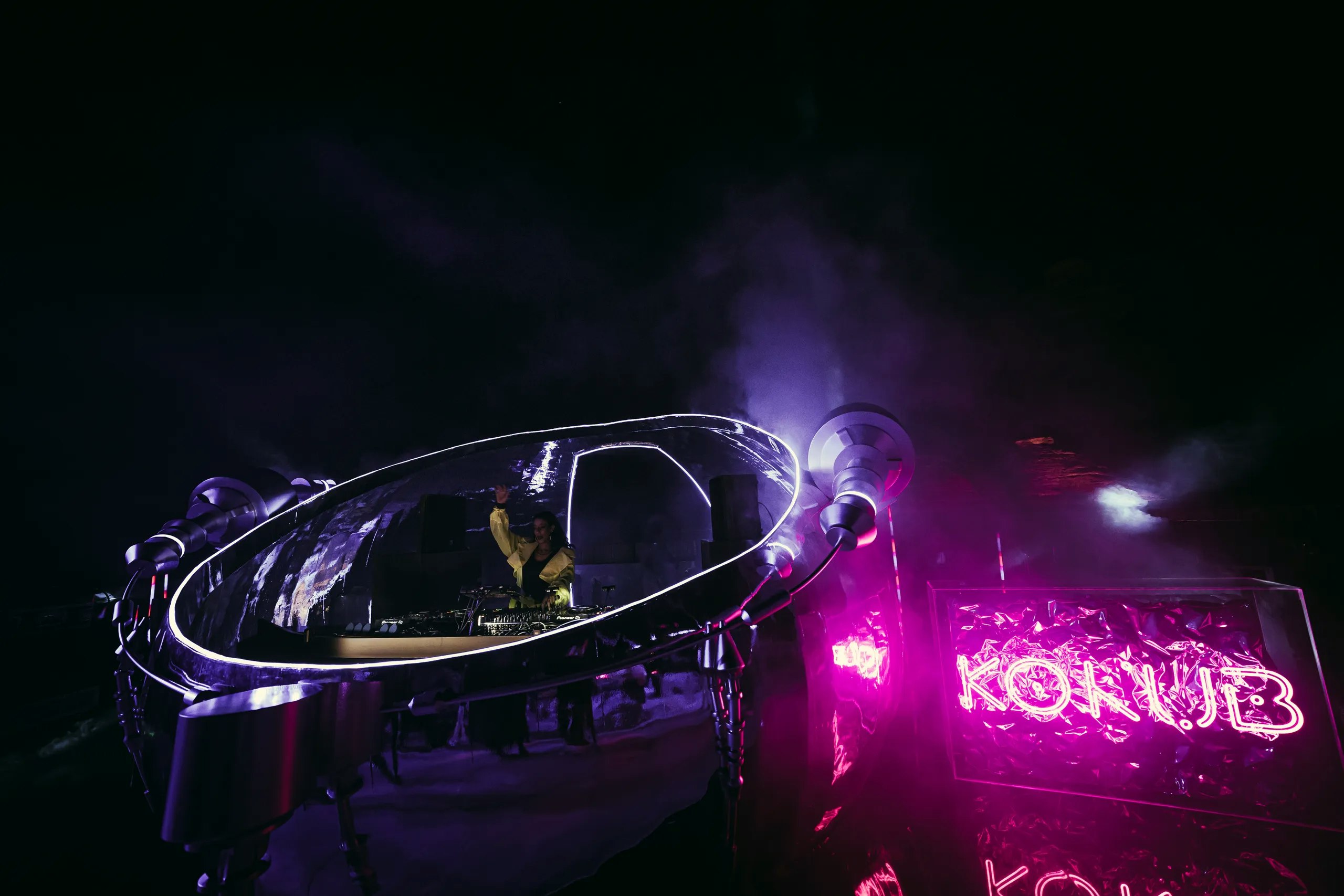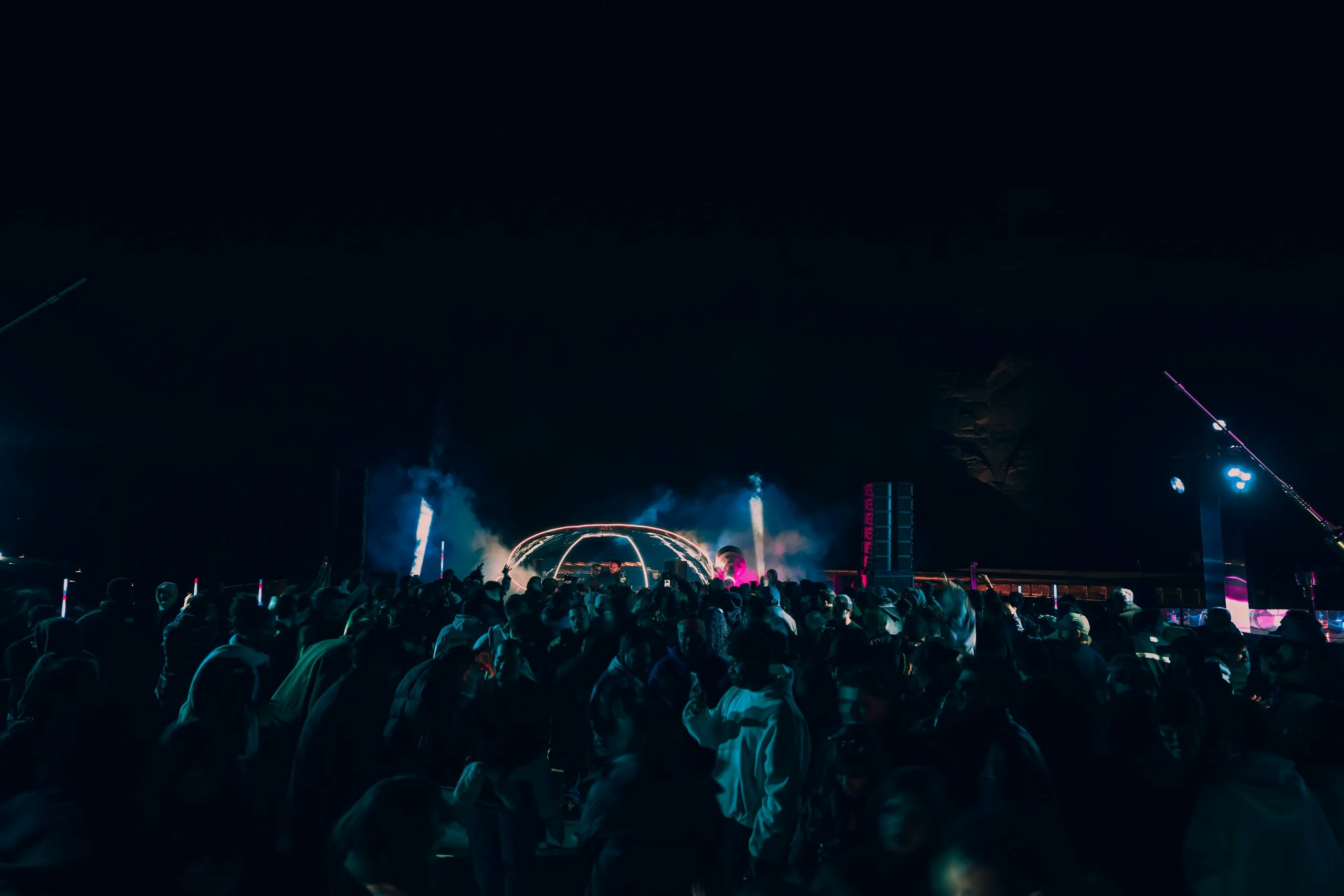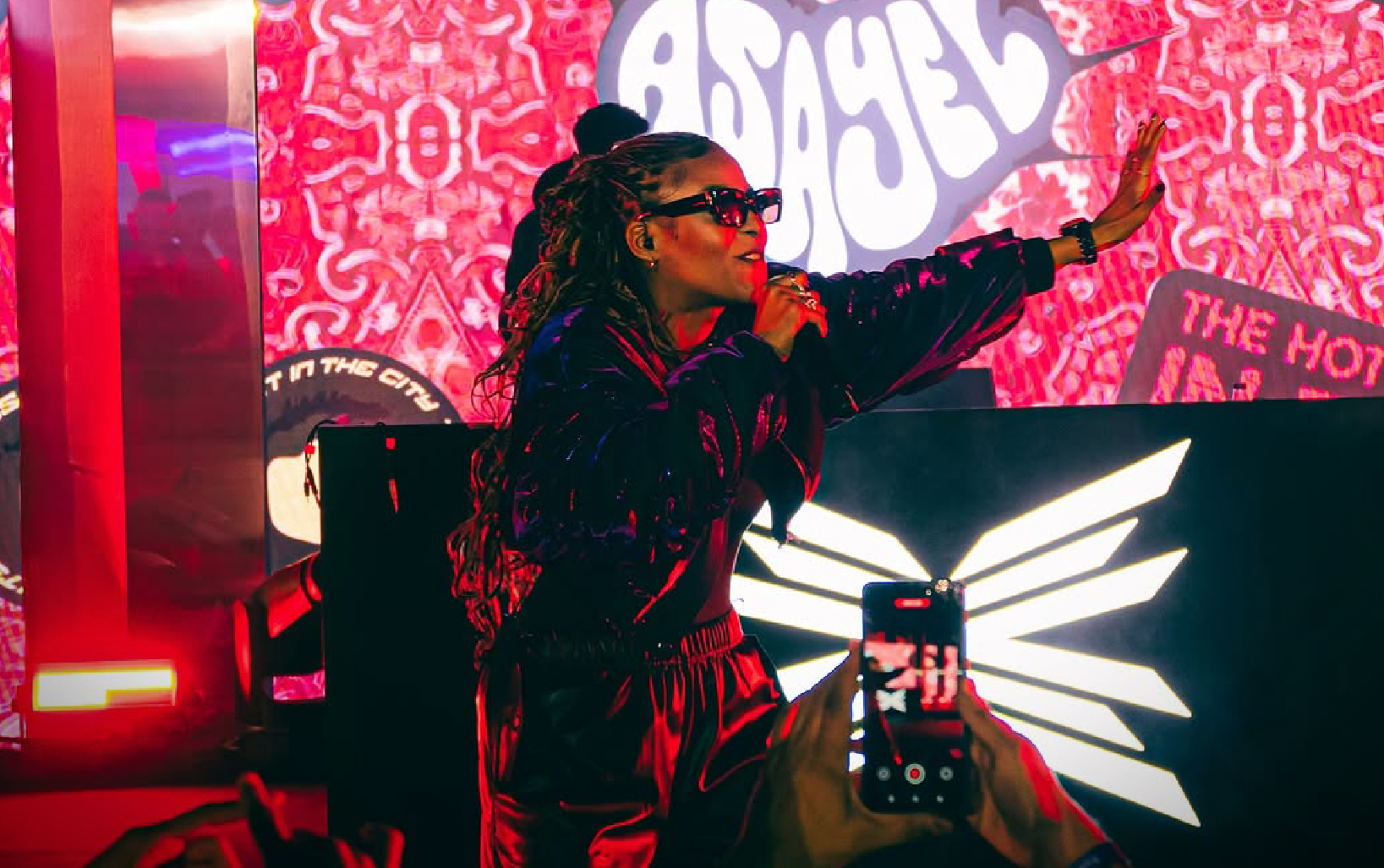
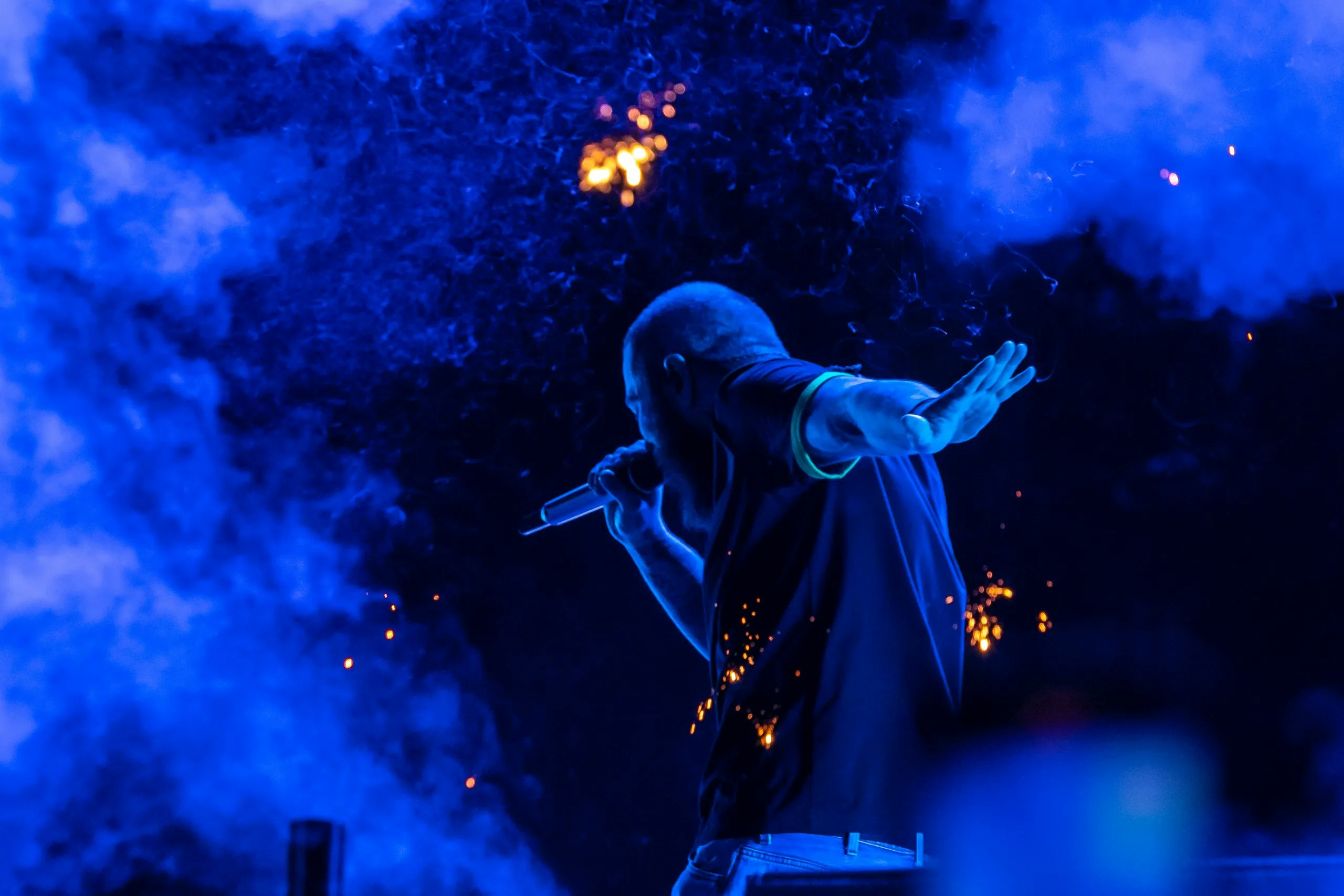
History of Rap: A Powerful Voice of Expression
By MDLBEAST
October 11 2023
History of Rap: A Powerful Voice of Expression
By MDLBEAST
October 11 2023
Few musical styles have captured the essence of societal evolution like rap has throughout its rich history. With origins deeply rooted in the African-American communities of the United States, rap music has long acted as a powerful voice of expression for the unheard and the marginalized.
We must also mention the interplay between spoken-word poetry and rap, as it reveals a complex relationship that spans time and culture. Just as the lines between various music genres can blur, so can the boundaries between rap and poetry.
In this article, we explore the history of rap, dating back to its origins and tracing its influences throughout its stylistic evolution.
What is Rap Music (And Hip-Hop vs. Rap)
Rap, often used interchangeably with hip-hop, is a music genre characterized by a focus on rhythm, poetry, and wordplay. Unlike traditional music forms, where melodies and harmonies take center stage, rap focuses on lyrical dexterity and intricate rhythmic speech patterns. It serves as a medium for storytelling, social commentary, and personal expression.
Although the terms "hip-hop" and "rap" are often used together, they actually refer to distinct elements within a broader cultural movement. Hip-hop encompasses not only rap music but also various other artistic components, including DJing, breakdancing, and graffiti art. It materialized as a response to the social and economic challenges African-American and Latinx communities faced in New York City during the 1970s.
The Birth of Rap: A Glimpse into Its Origins
Rap is considered a natural progression of African-American storytelling and talking blues (a style of country and folk music that’s marked by rhythmic speech or near-speech in which the melody is free but the rhythm is strict). The Black Arts Movement founder Amiri Baraka compares Lightnin' Hopkins (a prominent country blues singer) to Tupac, calling current rap a continuation of blues. Rap is rooted in black literature and music, with blues rhythms and speech-like patterns.
Sarah Webster Fabio, another prominent African-American art promoter, calls the interconnectivity of all African-American art a lifeline that flows through the culture's artistic forms. This lifeline spans from early slave songs to modern-day rap. Wandering griots and oral folk tales have long been vital to African societies, and African oral performance and storytelling are essential to understanding the current spoken word and rap.
Spoken-word poetry, especially during the Harlem Renaissance, introduced African-style orality to 20th-century America. Langston Hughes popularized jazz poetry with jazz beats, while artists like Allen Ginsberg experimented with jazz rhythms during the “Beat Generation.”
These oral traditions found a new home in the streets of New York, where young artists used their voices to address their realities. The 1960s civil rights movement used spoken-word poetry to fight racial inequality. The Last Poets and Amiri Baraka were two of many artists who challenged social injustices via poetry.
The 1970s featured poet and musician Gil Scott-Heron. He delivered political concerns about unpleasant realities in his lyricism. This rhythm-message combination shapes rap.
During this period, DJ Kool Herc, a Jamaican immigrant known as the father of hip-hop, also played a pivotal role in shaping the early rap scene. He introduced "breaks" – the instrumental sections of funk, soul, and disco records, which also extended to inspire breakdancing – that would become the foundation of rap beats. As the beats played, he would use a microphone to engage with the crowd, creating a call-and-response dynamic that laid the groundwork for modern rap performances.
The Evolution of Rap: From Streets to Mainstream
The start of the mainstream popularization of rap music can be traced back to the streets of the Bronx (and DJ Kool Herc), where block parties and neighborhood gatherings became the breeding grounds for this genre. Early rap was characterized by simple beats and party-oriented lyrics.
The “Golden Age” of rap is widely regarded as having started in the mid-1980s. Prominent figures at the forefront of popularizing this genre include LL Cool J, Run-D.M.C., Eric B. & Rakim, Queen Latifah, and A Tribe Called Quest (to name a few).
At this point, more artists began emerging and using their music to shed light on social issues, economic disparities, and racial injustices. Lyrical pioneers like Public Enemy and N.W.A. used provocative lyrics that ignited discussions about race, power, and inequality.
Modern-day rap has evolved to include various sub-genres catering to different tastes and experiences. From the introspective and emotionally charged lyrics of "conscious rap" to the energetic and braggadocious nature of "trap music." Artists like Kendrick Lamar delve deep into societal issues with thought-provoking lyricism, while others, like Future, utilize autotuned melodies to create catchy hooks.
Rap’s Globalization
Rap has also extended across cultures and has been adapted and reworked by artists worldwide, such as Narcy, an Iraqi rapper who spoke at last year’s XP Music Futures.
MDLBEAST Records signed artist Moayad is another example of an artist bridging two cultures together by combining Arabic poetry and rap-inspired musical medleys. He’s collaborated with another rapper making waves in the MENA region’s music scene, Palestinian-Jordanian Synaptik.
Moayad performed on the Soundstorm stage, which showcases local and international artists of all genres to promote a more inclusive Middle Eastern music scene.
Rap music's rise from humble beginnings to global popularity shows its strength as a voice of expression. Through its evolution, rap has empowered underprivileged communities, influenced mainstream culture, and questioned social norms. The genre’s legacy remains one of resilience, creativity, and unapologetic self-expression.
Share this
